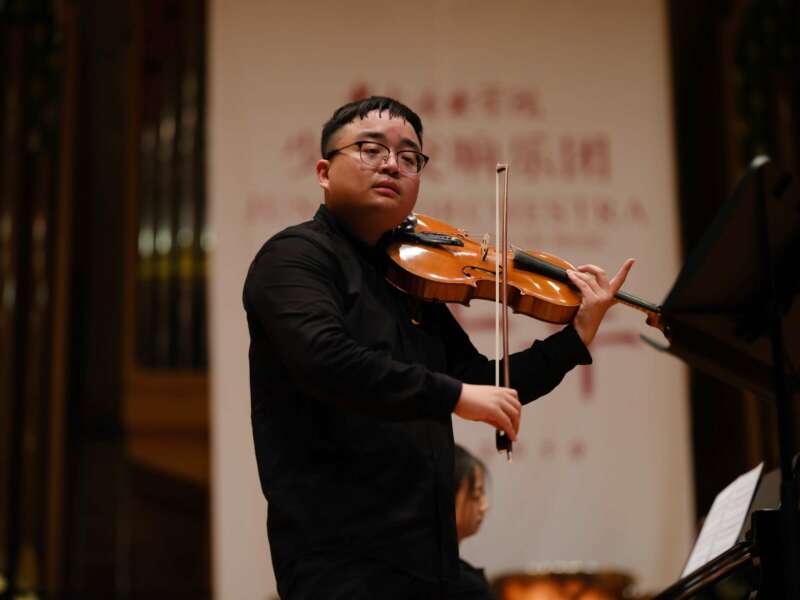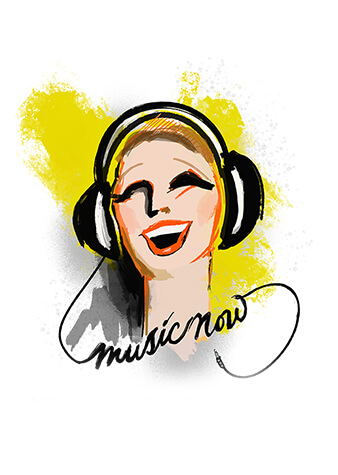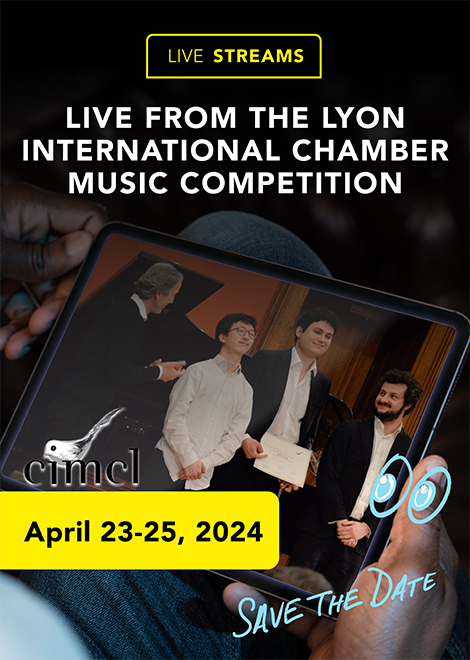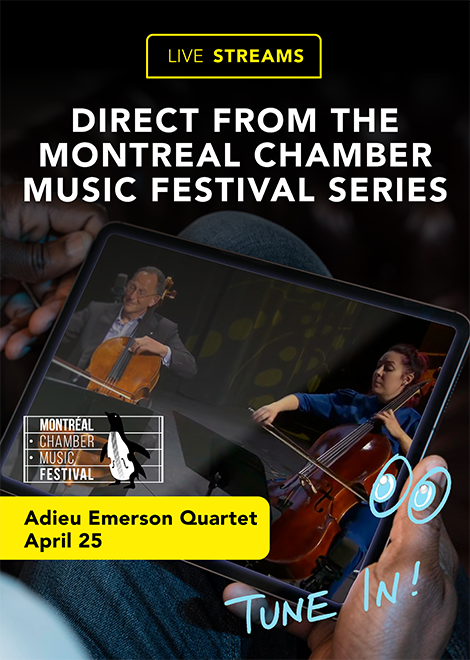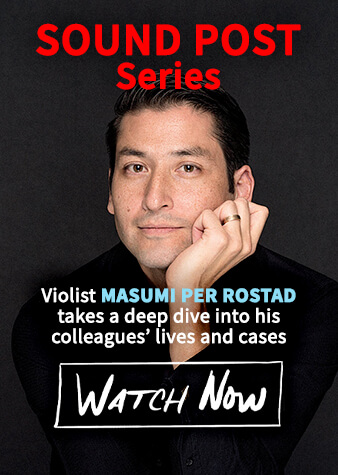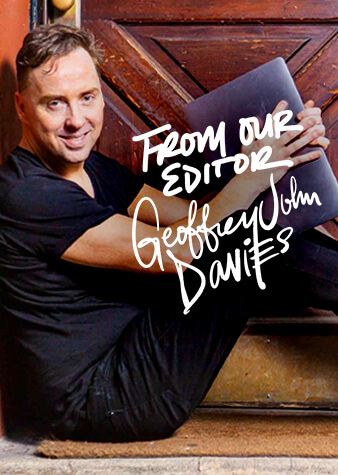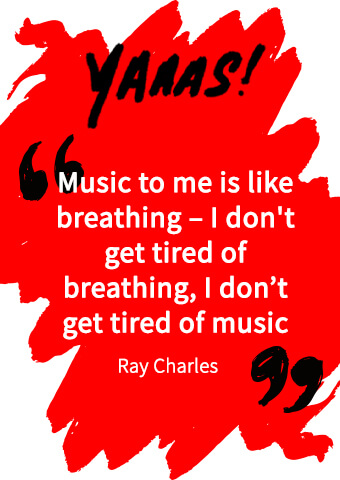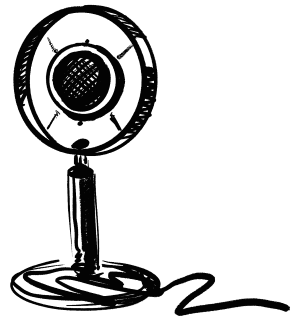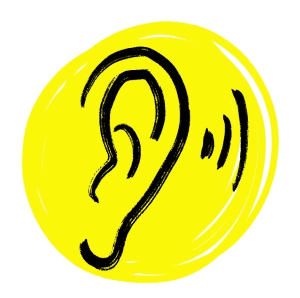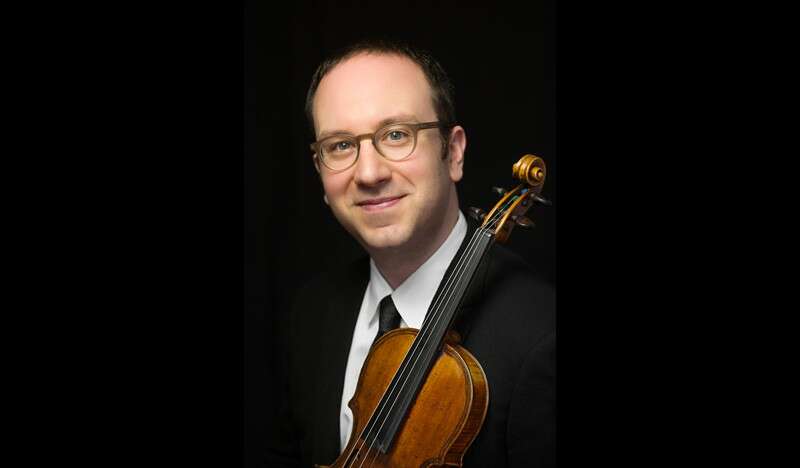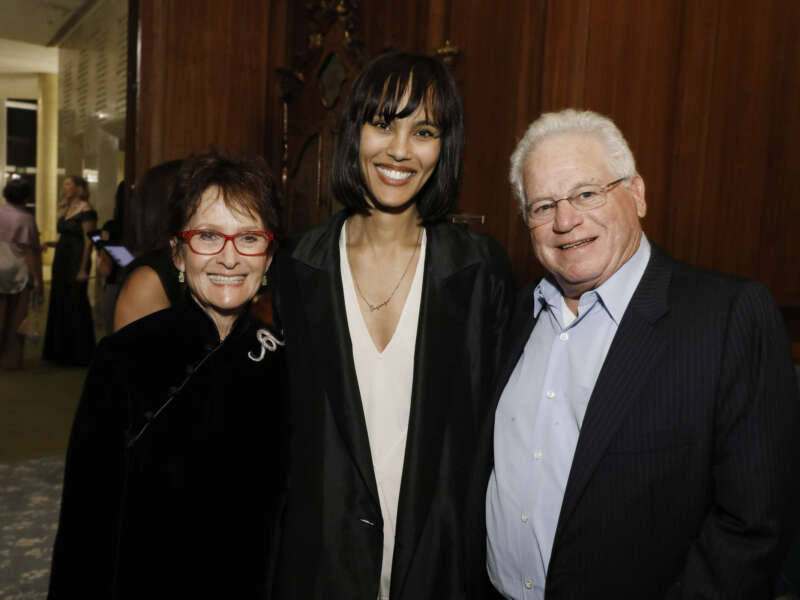Double Bassist James VanDemark on Adapting Your Teaching to Your Student's Size
Renowned double bassist James VanDemark talks us through the importance of adapting your bass teaching to your student's frame.
How do you teach your students an instrument? Do you insist that they conform to your physical peculiarities and demand that they play something this way or that? Or do you analyse the student's physical frame and stature, thereby giving you a good reading of what the student's limitations are, and then tailoring your teachings to that set boundaries?
Eastman School of Music double bass Professor, Mr James VanDemark. shares his expert advice on the topic.
James VanDemark on the importance of teachers individualising their bass teaching techniques to each student's physical stature
When I began teaching at the Eastman School of Music some years ago, I was fortunate enough to receive a talented graduate student who had declined a career in the NBA to pursue a degree in performance with me. Our height disparity – he was 6’8”, I am barely 5’7” – provided an effective and sometimes hilarious education for me in developing technical suggestions for students whose frames and dimensions might be decidedly different than mine.
Thus began 40 years of attempting to reconcile not only my students’ disparity in height, size of hands, length of arms, girth, and relative strength and coordination, with the equally imposing disparity of the variations of dimensions of their individual double basses – string length, width, dimensions of bouts, and neck elevations. Regardless of these variables, the pursuit of the basic necessities of virtuosic string playing had to be paramount: balance and relaxation, ease of shifting, facility, strength and fluidity in both hands, a beautiful legato and agile bow arm.
And to add to this stew of complexity, my double bass students often brought more intriguing variables; should they sit, stand, be able to do both, and what set up is best for German or French bow? Clearly, I learned there may be many more challenges in finding the “right fit” to the frame!
Presuming the student has an instrument of appropriate size to their frame, my experience has shown that if I simultaneously address helping a student achieve balance with the instrument and with their own posture, the student can advance far faster technically. For those desiring a stand up position, I begin by asking a student to stand in a relaxed posture, knees unlocked, with their weight evenly distributed on each foot. Assuming an appropriate height of the endpin for the student, they would then turn the left foot slightly to the left to present the flat of the kneecap to the lower bout of the bass, and then tilt the bass slightly back to rest in front of the hipbone. Inevitably adjusted “to taste,” this should ensure that the bass is balanced and need not be supported by the left hand, giving greater left hand facility and relaxation and preventing the bass from falling on shifts. By dropping the right hip back slightly when in thumb position, the bass will not be pushed forward in the upper register, helping smooth out precarious downward shifts.
Even when the variables of the student’s frame and those of the bass are factored in, the answers may not be so simple. Students of some girth find it difficult to both engage the lower bout with the kneecap and the upper bout with the hipbone; a bass with wide bottom bouts may provide exactly the same challenges to players of a variety of frames. And an instrument with high, rounded shoulders, a recessed neck setting, or both, can still make upper positions difficult to access for many players. Some stand-up players find that a bent endpin can provide greater access to the upper positions, but may come at a cost of some diminution of balance, and for shorter players – and German bow players – find playing with a consistently straight bow in a variety of contact points very difficult.
A sitting posture, with a straight or bent endpin, can often – but not always – address these issues, particularly that of balance of both instrument and player. I’ve often found that many players can often achieve a workable sitting position, not unlike a balanced stand-up player, by placing the instrument with a slightly tilted position in towards them, while taller players can choose this or a more cellistic pose.
The size of the player’s frame may help determine the shape and size of a stool, as well as the placement of their feet. Shorter players can adapt to a fairly narrow stool, with the right foot on the floor and the left foot on a rung, often the lower rung to ensure greater looseness in the leg. Taller players may prefer a larger, wider stool so as to not feel constricted, or prefer a “two feet on the floor” cellistic pose, particularly with a bent endpin. The latter may work well if the bow can remain straight and the left arm, elbow, and hand retain an open, strong, and relaxed position.
Nonetheless, one of the most critical factors in addressing any of these physical set up challenges is to ensure that the student – regardless of height, shape, gender, or size – is always shown respect when addressing their frames (not their fitness), so that after an informed analysis – vive la difference!
–James
Do you have an idea for a blog or news tip? Simply email: [email protected]
One of the most brilliant virtuosi ever to perform on the double bass, James VanDemark was hailed by the New York Times at his Lincoln Center recital debut as “an exceptionally gifted string player and a musician of taste, intelligence and the best spontaneous musical instincts, with an unerring sense for exact intonation.” The San Francisco Chronicle praised his “wonderful facility for making really musical phrases, relaxing, building, shading with unlimited subtleties – and a capacity to dig into whole pages of rip-roaring coloratura and make every note count.”
april 2024
may 2024




